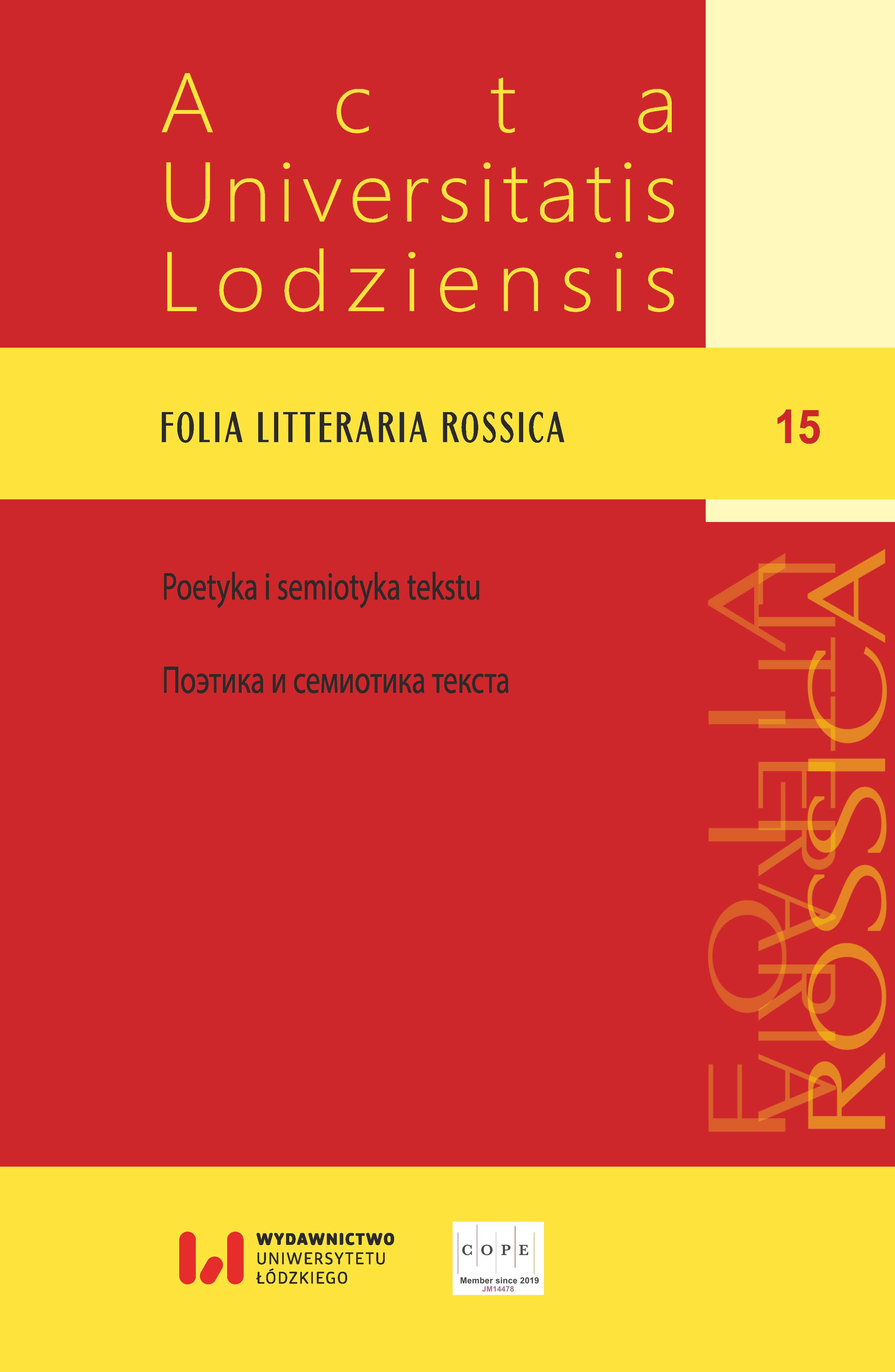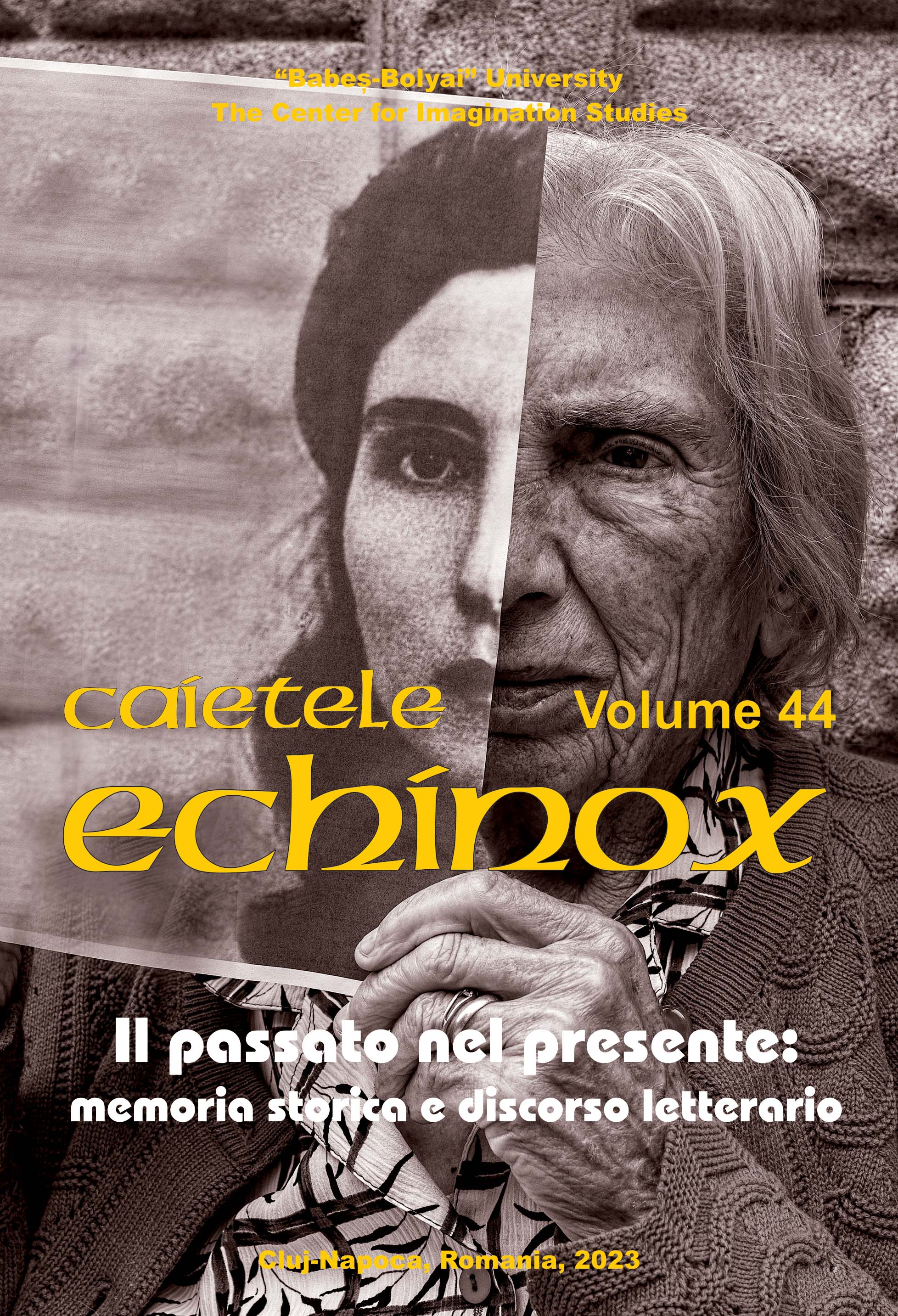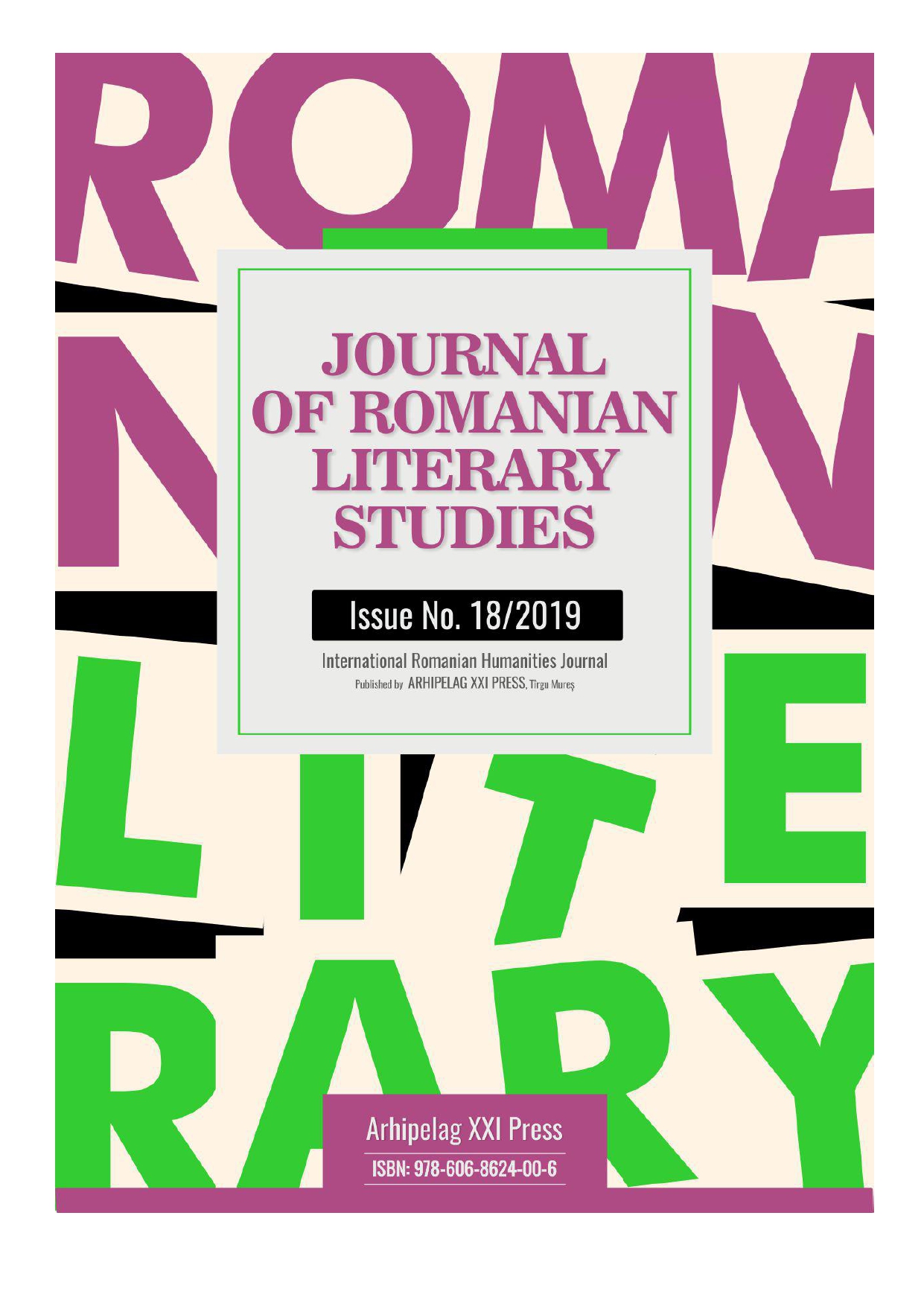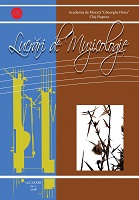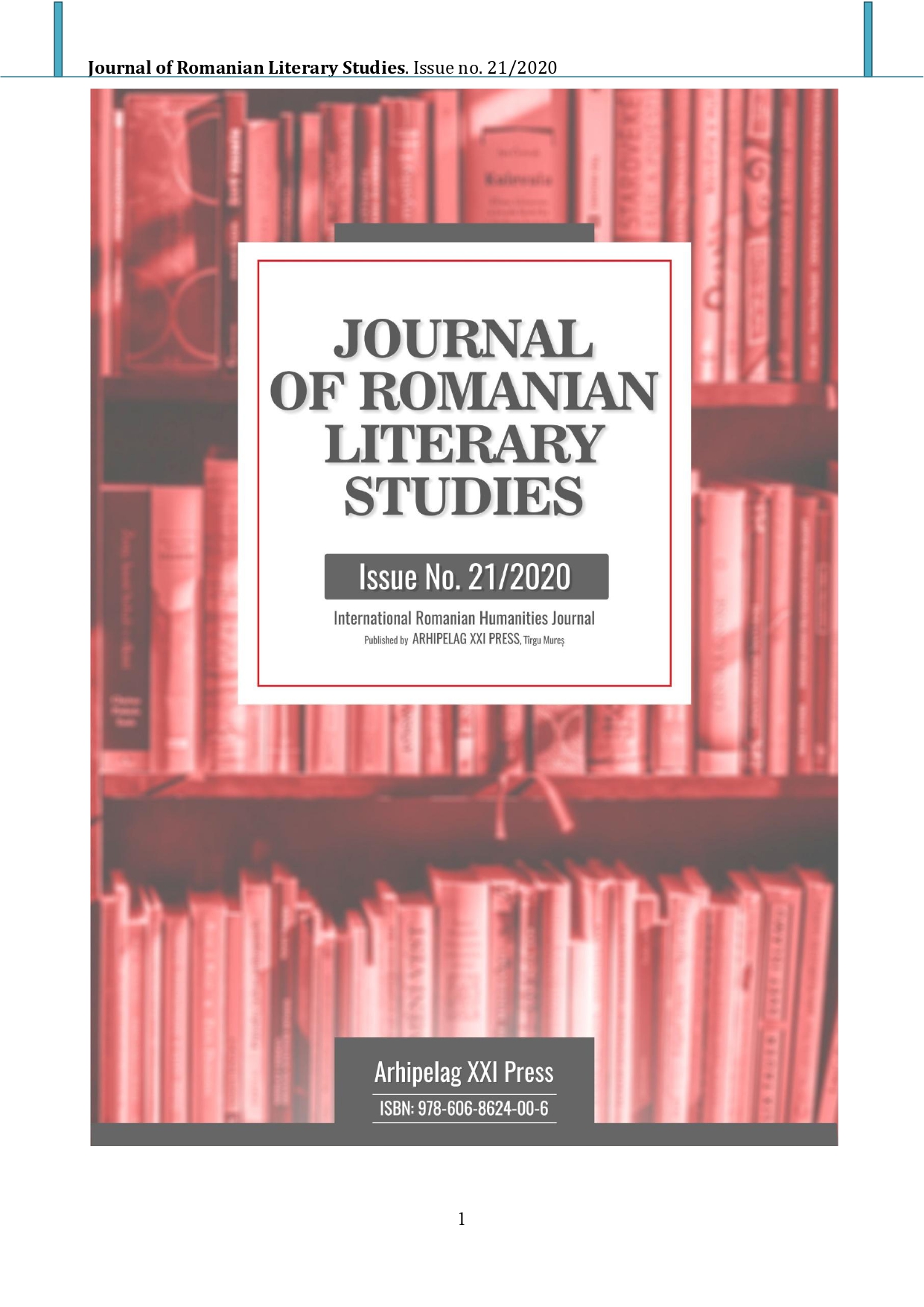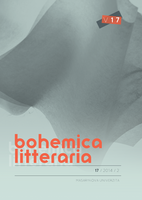
„Sám o sobě existuje jen dobrý osud“ Teorie dramatu Antona Müllera v kontextu středoevropské estetiky
The essay aims at situating the theory of drama formulated in a lecture series given in 1831 by Anton Müller (1792–1843), Professor of Aesthetics at Prague University, within the context of Central-European aesthetics of the day. Therefore, two contemporaneous discussions are outlined to provide a background for the comparison. They are respresented by drama interpetations laid down in aesthetics lectures of Müller’s predecessors in Prague and influential Austrian reflections on drama dating from the first three decades of the nineteenth century. The comparison with the ideas and theories of August Gottlieb Meißner (1753–1807) and Johann Heinrich Dambeck (1774–1820) demonstrates that Müller’s theory of drama was no longer in accordance with Enlightenment drama principles, while the comparison with the then renowned reflections of Joseph Schreyvogel (1768–1832), Heinrich Joseph von Collin (1771–1811), August Wilhelm Schlegel (1767–1845), Karl Wilhelm Ferdinand Solger (1780–1819), Wilhelm von Schütz (1776–1847), Matthäus von Collin (1779–1824), and Michael Leopold Enk von der Burg (1788–1843) exemplifies similarities between Müller’s theory and Austrian, religiously based and spiritually oriented, aesthetics of the time.
More...
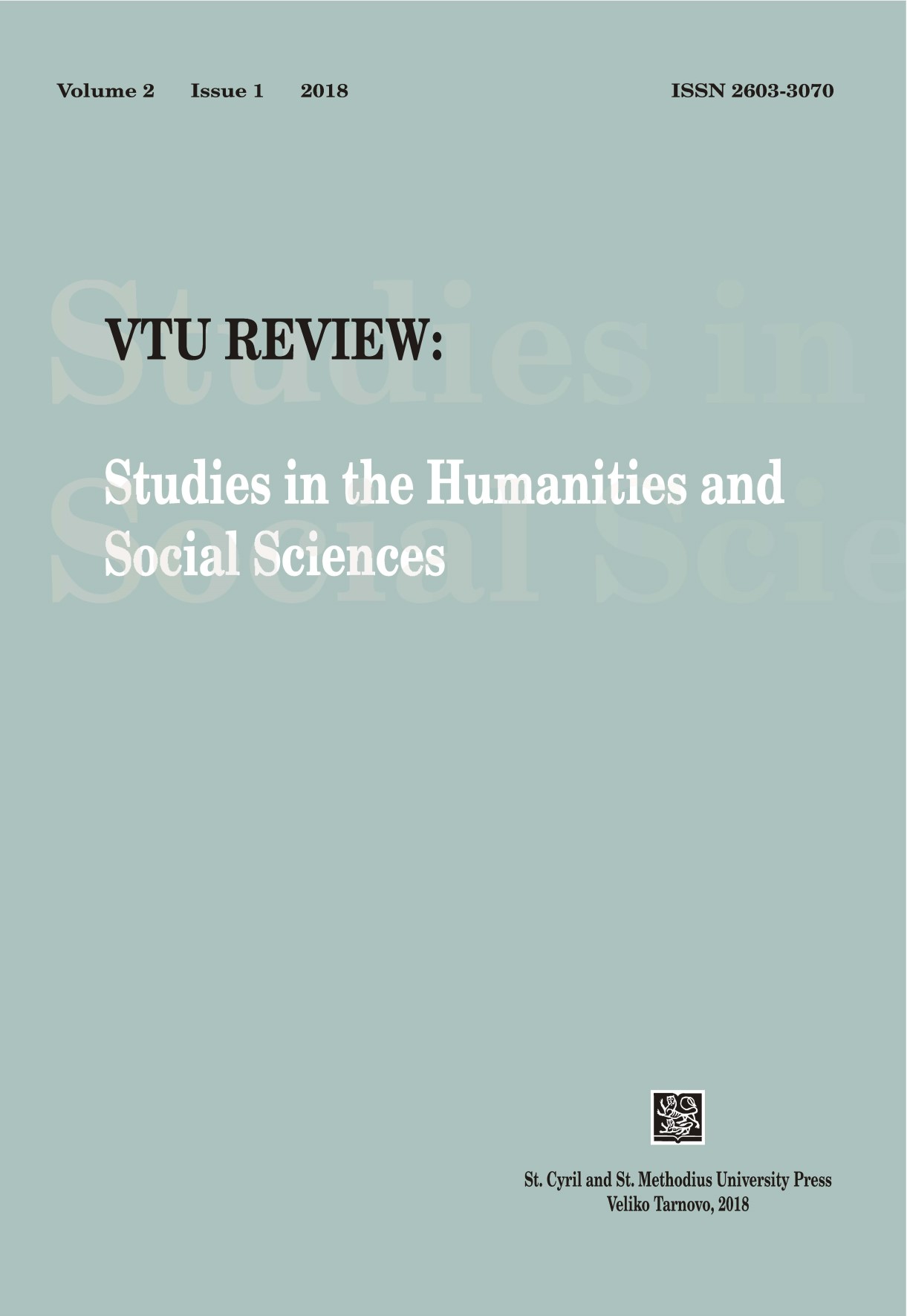
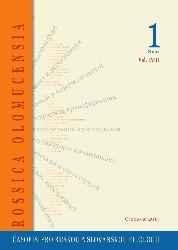
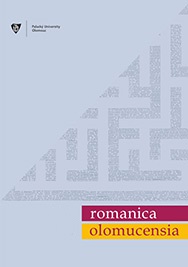
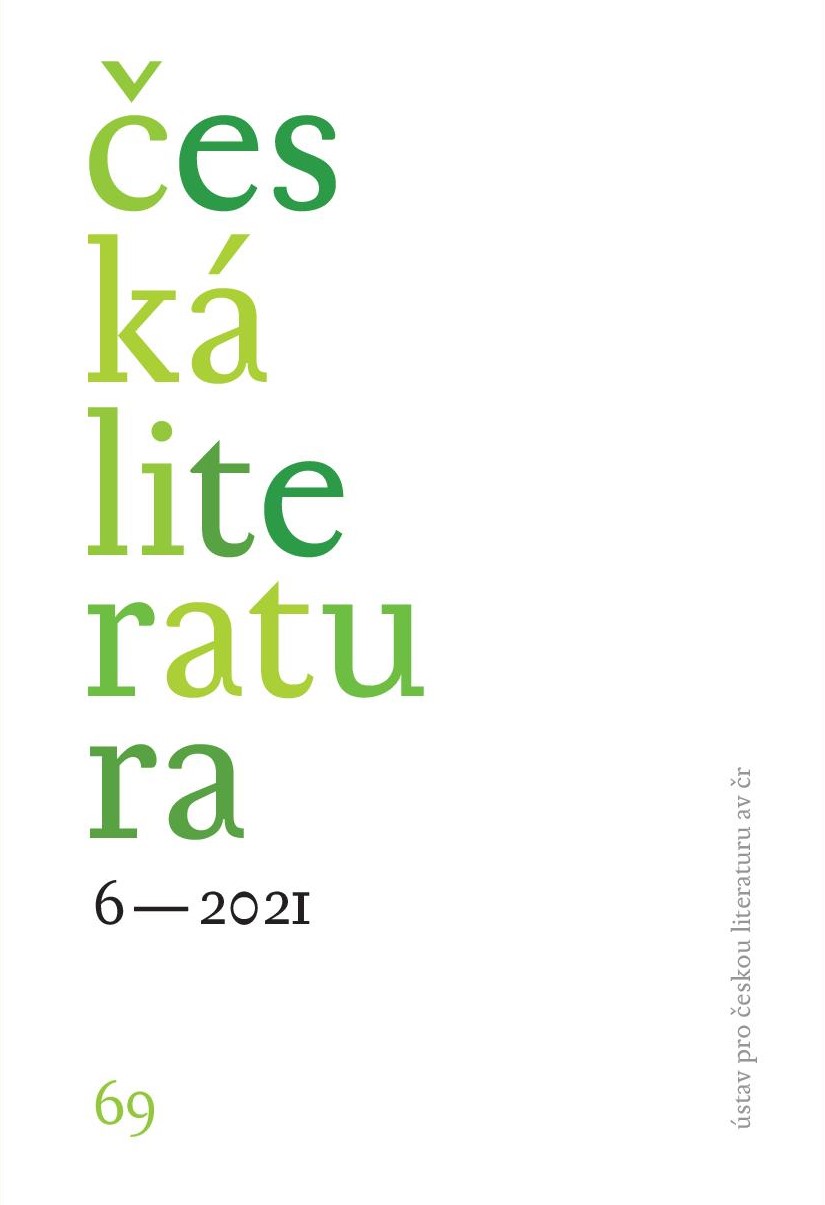
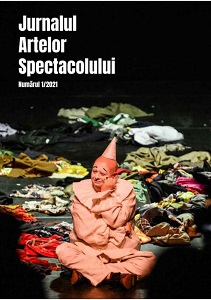
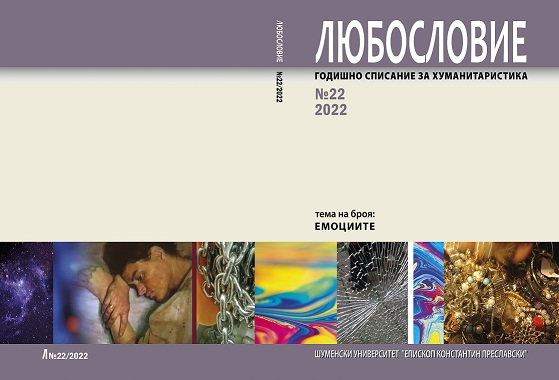
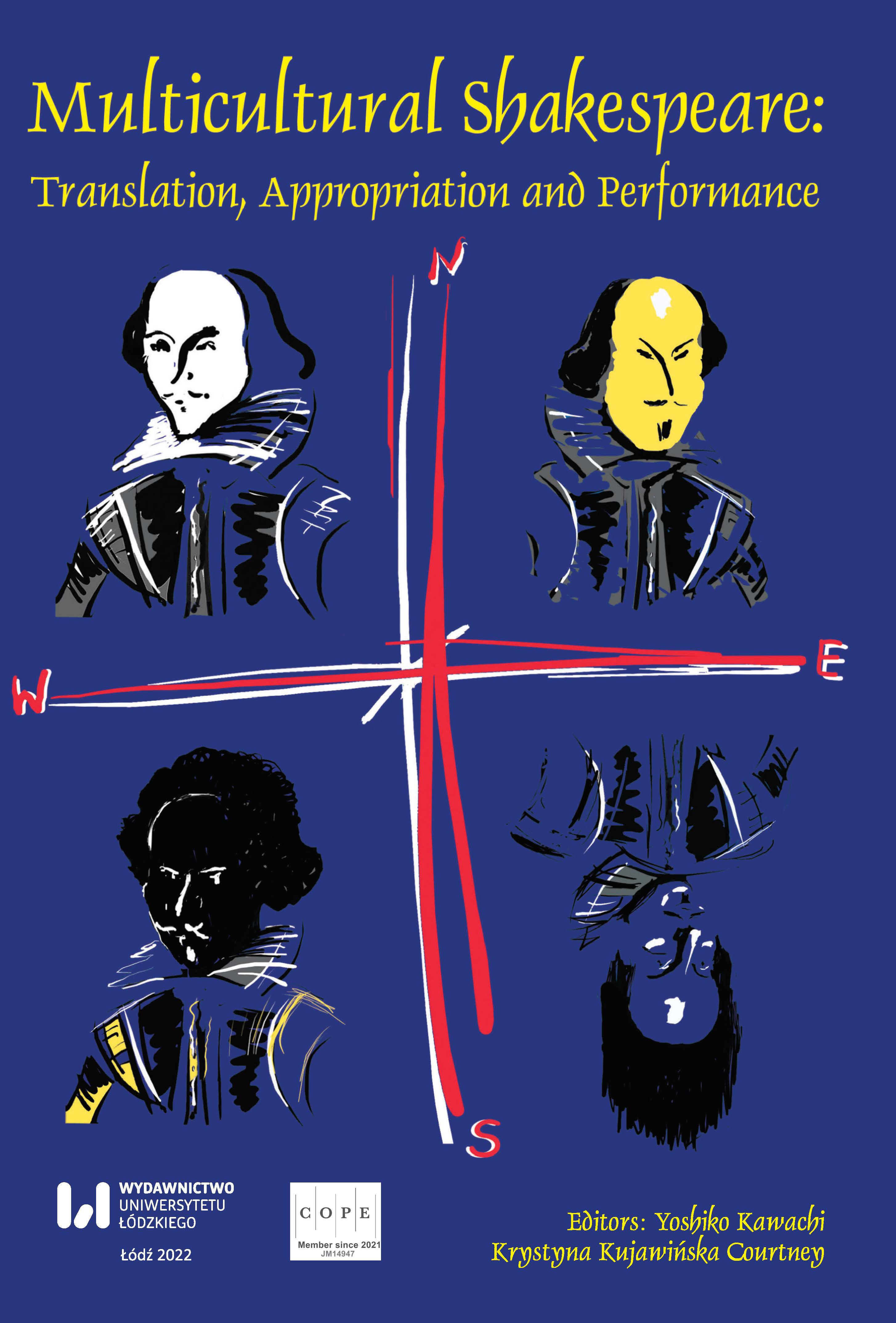
![Rendering Contemporary Hungarian Drama into Romanian. A Case Study on Tibor Zalán’s Katonák [Soldiers]](/api/image/getissuecoverimage?id=picture_2022_71894.jpg)
